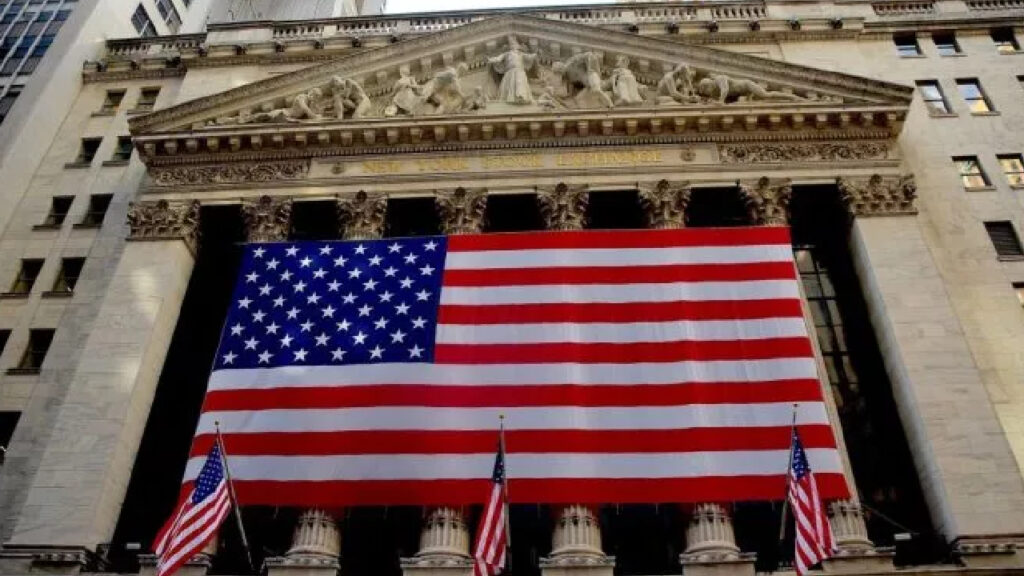Markets
Stock Market Demands More Action from Fed
Stock Market.- The Federal Reserve took a break from raising interest rates on Wednesday, believing that monetary policy is already sufficiently tight.
However, the stock market disagrees and argues that it is not enough.
The Fed’s goal has been to increase interest rates enough to reduce inflation from its current range of 4% to 5% to 2%, even if it means pushing the economy into a recession and raising unemployment. But the current market conditions, such as the beginning of a new bull market, a rebounding housing market, and long-term Treasury yields below the inflation rate, challenge the premise behind the Fed’s decision to pause.
Stock Market Demands Further Action from Fed
Despite the substantial 5-percentage-point increase in interest rates since early 2022, monetary policy remains relatively loose. This explains why the economy continues to perform well, and inflation persists, contrary to the expectations of Fed officials. Consequently, the Fed’s job is far from complete.
Fed Chair Jerome Powell acknowledged this during a press conference, stating that there is “limited progress” in tackling inflation. As a result, the Fed now plans to raise interest rates twice more this year, with the expectation that core inflation will end the year at 3.9%.
The issue extends globally, as the Reserve Bank of Australia and the Bank of Canada also experienced unexpected economic strength and inflation levels, leading them to resume raising rates after a temporary pause.
Get The New York Times and Barron’s News 3-Year Digital Subscription for $129
The perception of tight monetary policy arises from the significant increase in the nominal federal funds rate by the Fed, ranging from near zero to a range of 5% to 5.25%. However, the real interest rate, adjusted for inflation, is not as high due to increased inflation compared to previous economic cycles.
The level of real rates depends on the inflation rate used. Based on a 5.3% increase in consumer prices, excluding food and energy, over the past 12 months, the real rate hovers around zero. By considering inflation-protected Treasury bond yields, analysts estimate the current real rate to be approximately 1.4%.
The Fed deems a real rate of 0.5% as neutral, meaning it neither stimulates nor slows economic activity. A real rate of 1.4% is not considered overly restrictive. Historical data since 1960 suggests that real rates were higher before every previous recession.
Compared to previous instances, the real rate has risen less relative to neutral, according to calculations by analyst Benson Durham. It indicates that the current situation does not warrant significant concern.
Typically, when the Fed raises short-term rates, stock prices fall, long-term bond yields and the dollar rise, and financial conditions become tighter, ultimately slowing down the economy. This pattern persisted during the initial six months of the Fed’s tightening phase.
Get The Washington Post and The Economist Epaper 3 Years for $129
However, the situation has changed since October. The stock market, represented by the S&P 500, has experienced a 22% increase since the previous market low. This surge reflects optimism regarding artificial intelligence and higher price-to-earnings ratios, indicating investors’ willingness to pay more for future profits. These factors are influenced by a decline in the 10-year Treasury yield, which now stands below short-term interest rates and the inflation rate, an unusual configuration.
The stock market rally is based on the belief that inflation will decrease as pandemic-related distortions in prices for cars, rents, and houses reverse. Additionally, the expectation is that the economy will slow down due to previous rate increases and stricter lending practices by banks. However, the scenario assumes that the Fed will subsequently cut interest rates.
Although this scenario is not implausible and aligns with the thinking of Fed officials, many argued for a pause in monetary policy due to its lagged effects. Some signs of these lagged effects are emerging, such as a cooling of inflation in May and
tightening lending by banks. However, instead of further slowing down, the economy appears to be resilient. The Fed has revised its growth projection for the year from 0.4% to 1% since March, and the housing market, a crucial channel through which Fed tightening impacts the economy, is recovering. Home prices are on the rise, and construction employment is growing rapidly, largely because financial conditions remain favorable.
The Fed’s attempt to tighten financial conditions by signaling higher rates in the future did not have the intended effect. The stock market, represented by the S&P 500, initially reacted negatively but ultimately finished the day higher. Treasury yields initially increased but ended up lower. Paradoxically, the more investors bet on a soft landing, the less likely it becomes.

